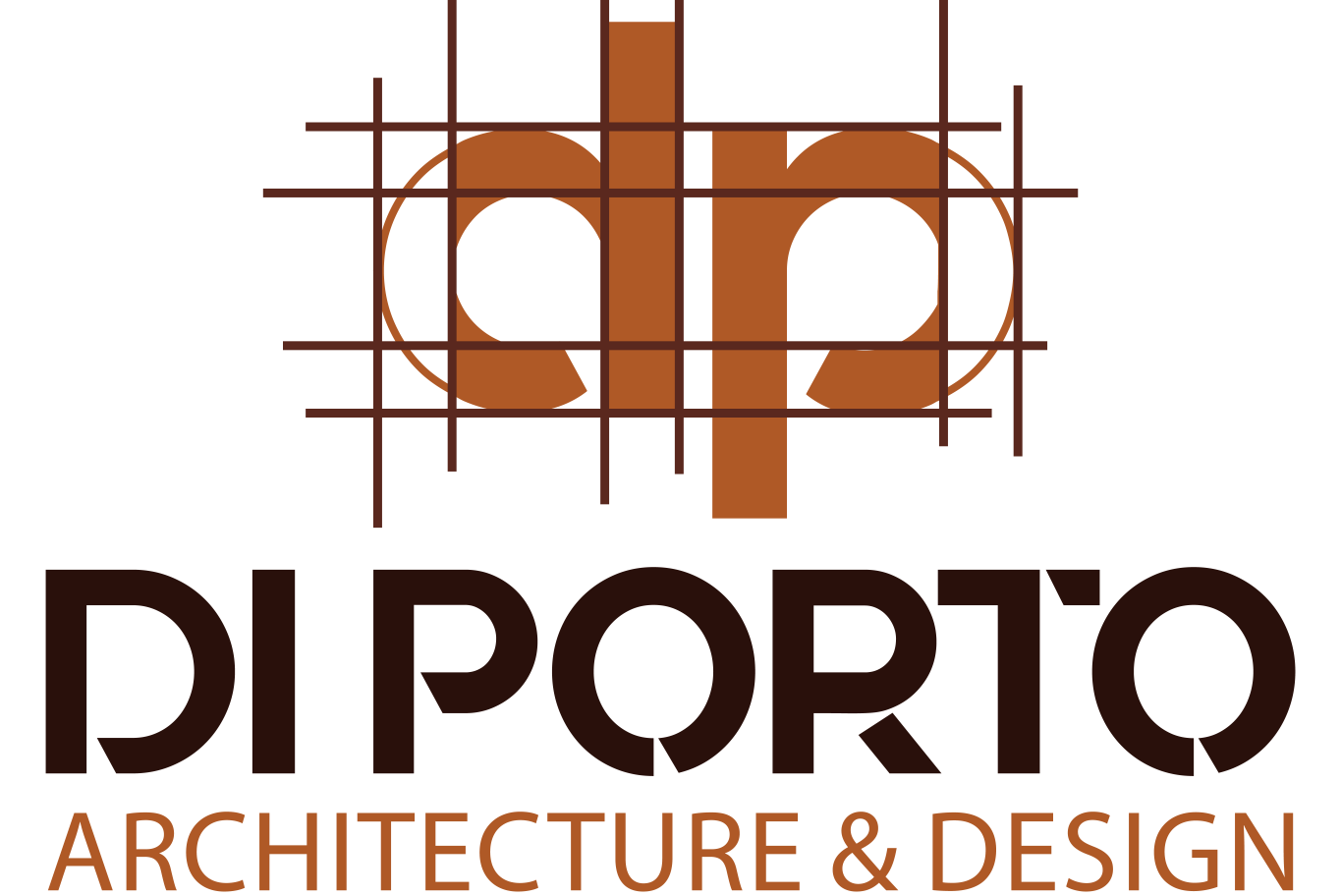Continuous delivery allows teams to build, test, and deliver software with automated tools. This includes the practices involved in design, implementation, configuration, deployment, and maintenance of all IT infrastructure that supports an organization’s services. Developers are able to deploy their code from any environment (browser, laptop or CI) on Docker images in production without requiring DevOps or Operations teams to install anything. This means developers are free to do more with less involvement from other engineering groups. Such as operations and lets them move at an accelerated pace compared to traditional deployments.

For example – Facebook, YouTube, and Netflix are a couple of companies embracing this type of team structure. There is a definite integration between the operations and development teams, and they no more work in silos. Everyone is devops structure working for the shared goals and sometimes this team is also called the NoOps team as there are no different operations teams. The development teams and operations team work closely together and then form a formidable DevOps team.
Agile and DevOps Services Market Overview 2023 and Forecast till 2030 Report Pages 102
Applications like Zoom, Slack, and Microsoft Teams are also necessary for teams to communicate quickly and efficiently, especially in a remote-first world. In the past, a developer could walk over to the operations team to ask about the status of an incident. Now virtual communication apps provide that same instantaneous communication. As DevOps becomes more widespread, we often hear software teams are now DevOps teams. However, simply adding new tools or designating a team as DevOps is not enough to fully realize the benefits of DevOps.

Legal teams may need to plug in to DevOps processes to ensure that software remains compliant even as it is released continuously. Second, developers who support DevOps must have at least a working understanding of what happens to code after it is deployed. They need not be system administration experts, but they should know how to manage production environments and recognize the complications that IT teams face as they manage code after its deployment. This knowledge is required to break down the silo structure that separates development from IT operations. Platform teams work with development teams to create one or more golden pathways. These pathways don’t prevent teams from using something else but offer supported self-service products that help teams improve delivery capability.
Stream-aligned teams
The way that we make all these pieces fit together is through our commitment to transparency and our visibility through the entire SDLC. But we also tweak (i.e. iterate on) this structure regularly to make everything work. It might also be helpful to insert “champions” into struggling groups; they can model behaviors and language that facilitate communication and collaboration. The Accelerate State of DevOps Report shows that you commonly find Platform Engineering teams in high-performance organizations.

DevOps is a new way of managing software development and operations. It has been around for more than 10 years, but recently it has gained traction with the mainstream software industry. DevOps Organization flips the traditional management model on its head by making developers responsible for keeping production environments up and running. DevOps inside the Organization – Here there are quite a few people in DevOps and DevOps team acts as advisory or consultants to the IT and development team.
Infrastructure as Code
Start with the basic goals, add in wish list items, and write it all out attaching a timeframe as needed. The map should include a list of action items broken down by priority and who is responsible for completing each step. If you’re just getting started with DevOps, there are several team organizational models to consider. In our DevOps Trends survey, we found that more than two-thirds of surveyed organizations have a team or individual that carries the title “DevOps” in some capacity. With end of support for our Server products fast approaching, create a winning plan for your Cloud migration with the Atlassian Migration Program.

Configuration Management Database (CMDB)- A database that stores configuration items specific to hardware and/or software components used within an environment. So, they can be managed as one coherent entity; typically contains detailed attributes about each item, including properties such as manufacturer name, maintenance intervals, location on site etc. For e.g., if you need to replace something it will tell you what other things are dependent on it. Effective measures – Evaluate the key performance indicators such as quality, security deployment frequency, and volumes of errors/bugs/issues. There are many ways and different steps to take in order to organize DevOps teams.
key organizational models for DevOps teams
It’s easy to create a team with all the needed skills by hiring many people, but the team won’t have resilience as each member handles a small, isolated area. A professional manager’s job is to build a team with a strong mix of skills with overlap while keeping the team as small as possible. If the goal of the DevOps team is to make itself obsolete by bringing the other teams together then they can be effective as evangelists and coaches. Bringing in DevOps to an organization means making some changes to the culture and structure of teams and the organization. A release engineer is responsible for coordinating the deployment of software releases to production environments. There are many possible sub-roles within a DevOps team, and the specific roles present will depend on the size and needs of the team, as well as the specific responsibilities assigned to the team.
- In this model, a single team has shared goals with no separate functions.
- As Jim Benson says in The Collaboration Equation, ‘individuals in teams create value’.
- All this information can be used to inform future decisions and increase the effectiveness of the system as a whole.
- Deployment automation tools such as Terraform and Ansible may help with automating tasks.
- DevOps teams are usually made up of people with skills in both development and operations.
It is vital for every member of the organization to have access to the data they need to do their job as effectively and quickly as possible. Team members need to be alerted of failures in the deployment pipeline — whether systemic or due to failed tests — and receive timely updates on the health and performance of applications running in production. Metrics, logs, traces, monitoring, and alerts are all essential sources of feedback teams need to inform their work. In Atlassian’s 2020 DevOps Trends survey, 99 percent of respondents said that DevOps had a positive impact on their organization. The benefits of DevOps include faster and easier releases, team efficiency, increased security, higher quality products, and consequently happier teams and customers. Docker is a platform that automates the deployment of applications inside software containers.
Developer experience metrics
With Jira as the backbone, teams can use Atlassian products or bring their favorite products to the open toolchain. The Atlassian ecosystem offers a robust array of integrations and add-ons, allowing teams to customize their toolchain to meet their needs. Be sure to check out our DevOps tutorials for automation, testing, security, observability, feature flagging, and continuous delivery. Practices like continuous integration and continuous delivery ensure changes are functional and safe, which improves the quality of a software product. Continuous deployment (CD) allows teams to release features frequently into production in an automated fashion.
A solid DevOps platform needs a solid DevOps team structure to achieve maximum efficiency. Steve Fenton is an Octonaut at Octopus Deploy and a six-time Microsoft MVP with more than two decades of experience in software delivery. Stream-aligned teams work on a single valuable stream of work, usually aligned to a business domain. They might focus on a specific feature or group of features, work only on one user journey, or align with a particular persona.
Search code, repositories, users, issues, pull requests…
This approach provides the visibility decision makers need to create opportunity, sense and respond to the critical demands of stakeholders and iterate against multiple factors as conditions change. In most situations, this work is more of a DevOps role than a job description. Select a few team members who fill other DevOps roles and ask them to serve as DevOps champions for the organization. Management consultant Matthew Skelton writes about a number of different DevOps scenarios in great detail, but we’ll discuss just a few of the silos he mentions specifically and how they impact an organization.

Lascia un commento